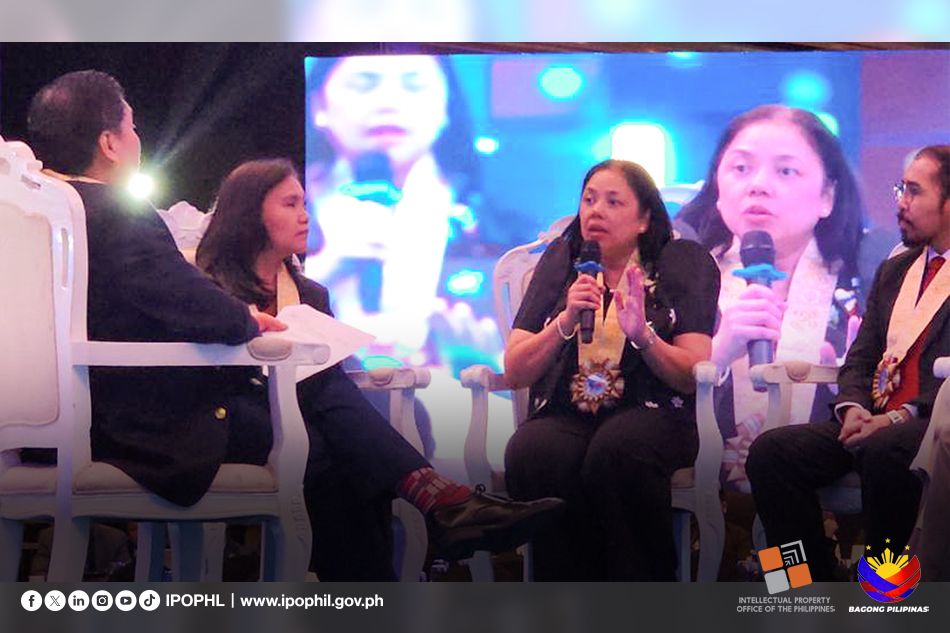
IPOPHL says IP is the ‘greater equalizer’ in driving innovation to market
July 25, 2025
At the 8th National Research and Development Conference (NRDC) organized by the Department of Science and Technology (DOST), Intellectual Property Office of the Philippines (IPOPHL) Director General Brigitte M. da Costa-Villaluz emphasized the vital role of intellectual property (IP) in turning research and ideas into real-world products and services.
Speaking at the plenary session “Translate Research to Impact: From Lab to Market,” da Costa-Villaluz underscored how IP acts as the “greater equalizer,” empowering Filipinos to protect their works, innovate with impact and compete globally.
She also highlighted IPOPHL’s KITES Strategy, which stands for Knowledge, Innovation, Transformative Impact, Empowerment and Social Relevance. The strategy guides IPOPHL in expanding IP education, supporting innovators and promoting the global protection of Filipino creations, among others. On the back of the new strategy and key initiatives that support inclusive innovation, IPOPHL is pushing for a Bagong Pilipinas where innovation and creativity fuel growth and economic opportunities.
Joining da Costa-Villaluz in the panel were Dr. Homer D. Pantua, Co-founder and President of BioAssets Corporation and Deputy Director General Anidelle Joy M. Alguso of the Philippine Economic Zone Authority (PEZA) and Undersecretary Michael L. Ubac of the Presidential Communications Office (PCO).
The session was moderated by DOST Assistant Secretary for Technology Transfer Napoleon K. Juanillo, Jr., who facilitated a dynamic discussion on the policies, institutions and commercial pathways that accelerate the translation of scientific research into real-world solutions.
The 8th NRDC, held 24 July 2025 at the Manila Hotel, gathered stakeholders across government, academe and industry. Themed “R&D Building Better Lives: Leveraging Transdisciplinary R&D for Well-Being, Wealth Creation, Wealth Protection, and Sustainability,” the event aims to promote transdisciplinary collaboration, coordinate and rationalize R&D efforts and harmonize national R&D priorities.



